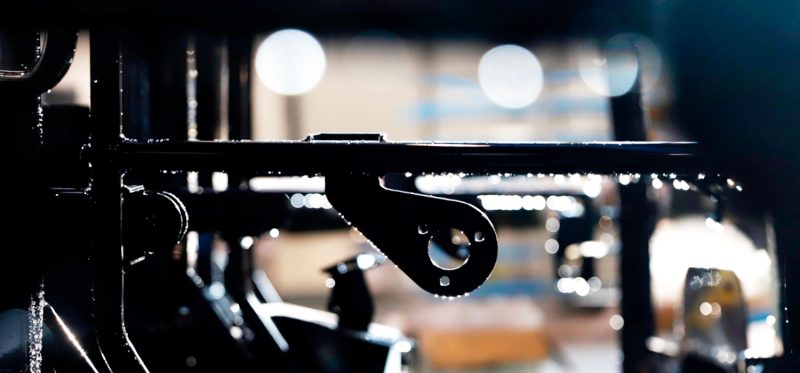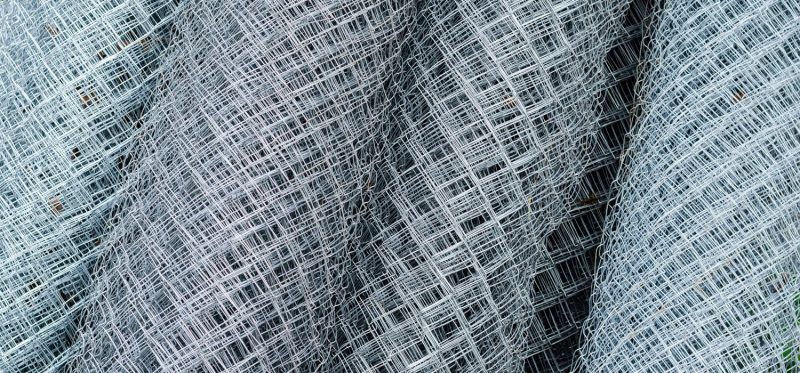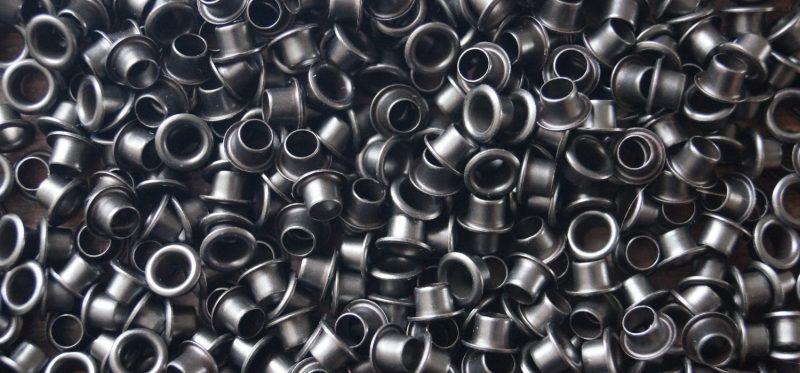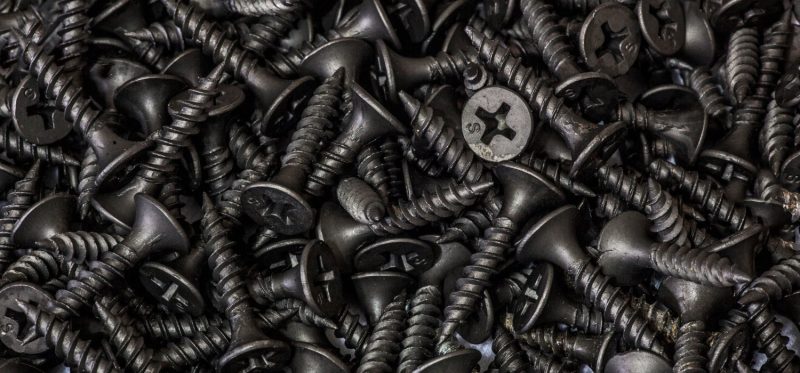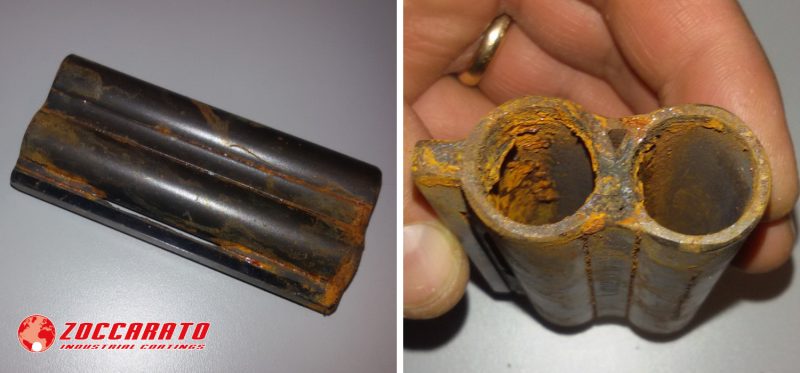Steel surface treatment
Protecting climbing and rigging gear from corrosion and wear has never been more important. Discover the differences between cataphoresis, nickel plating, chrome plating and burnishing, and choose the best solution for your needs.
Choosing the best surface treatment for your products can be a complex task. Among the available options, e-coating (or cataphoresis) represents a very effective technology, but it is often confused with other solutions, such as nickel plating, chrome plating and burnishing.
Cataphoresis is an electrochemical coating process that protects metal surfaces from oxidation, corrosion and wear. This system uses a resin-based paint solution, which is deposited on the surface of the piece to be treated using an electric current. The end result is a uniform, resistant and low thickness film, capable of guaranteeing a long life and excellent protection.
Unlike cataphoresis, nickel plating, chrome plating and burnishing are more traditional and often less effective technologies.
Nickel plating involves the deposition of a layer of nickel on the surface of the piece, while chrome plating uses chromium to give a shiny and resistant appearance to the treated surface.
Burnishing, on the other hand, is a process that exploits the oxidation of the metal to create a dark colored patina, which makes the piece resistant to corrosion.
Nickel plating is a surface coating process which involves the deposition of a layer of nickel on the surface of the piece to be treated. This process is often used to protect metallic materials from corrosion and wear.
Nickel plating can be accomplished through a variety of techniques, including electroplating, sponging, electroplating, and electroplating. In any case, the process involves the use of a solution containing nickel ions, which are deposited on the surface of the piece to be treated through an electrodeposition process.
The final result of nickel plating is a uniform and resistant coating, able to protect the surface of the piece from corrosion, wear and radiation.
However, it should be considered that nickel plating also has some critical aspects, such as the possible environmental impact of the electroplating processes and the risk of contact allergies, due to the possible presence of nickel in the coating of the finished products.
Chrome plating is a surface coating process which involves the deposition of a layer of chromium on the surface of the piece to be treated. This process is used to protect metallic materials from corrosion and wear.
The chrome plating process involves the use of an electrolyte containing chromium ions, which are deposited on the surface of the piece through an electrodeposition process. The chromium coating is very durable and can protect the workpiece surface from corrosion, wear and abrasion.
However, as in the aforementioned case of nickel plating, chromium plating also has some critical aspects, such as the high environmental impact of electroplating processes and the risk of contact allergies, due to the possible presence of chromium in the finished products.
Burnishing is a surface treatment process which involves the controlled oxidation of the surface of the piece to be treated to create a protective oxide layer. This oxide layer, called “bluing”, is dark in color and can protect the surface of the part from corrosion and wear.
Burnishing can be accomplished through several techniques, including immersion in iron salt solutions, nitrate burnishing, and selenium burnishing. In each case, the process involves the use of chemical solutions that react with the surface of the piece to be treated to create a protective oxide layer.
Burnishing is often used to protect the metal surfaces of mechanical parts, tools, firearms, and other items that require increased resistance to corrosion and wear. Furthermore, from an aesthetic point of view, this treatment gives the articles a characteristic dark appearance.
However, it should be noted that burnishing has some limitations in terms of strength and durability, compared to other surface coating processes such as cataphoresis, chrome or nickel plating. Additionally, burnishing can be affected by environmental factors such as exposure to light, humidity and air, which can cause the coating to degrade over time.
But what are the main differences between these technologies and e-coating? First of all, cataphoresis guarantees a uniform coating, which covers even the most complex parts of the piece. Furthermore, the paint used in e-coating has anticorrosive properties that are decidedly superior to nickel and chromium, which can become dull or yellow over time.
In summary, here are the main differences between e-coating, chrome plating, nickel plating and burnishing:
Ecoating is an electrochemical coating process that uses a conductive paint solution to deposit a uniform layer of paint on the surface of the workpiece, while chrome plating, nickel plating and burnishing use chemical electroplating processes to deposit metals or oxides on the surface of the workpiece.
Chrome plating involves the deposition of a layer of chromium on the surface of the piece, while nickel plating involves the deposition of a layer of nickel on the surface of the piece. Burnishing, on the other hand, creates a dark-colored oxide layer on the metal surface.
Cataphoresis, chroming and nickel plating are very resistant and long-lasting processes, capable of protecting the surface of the piece from wear and corrosion. Burnishing, on the other hand, has lower strength than the metal coating processes listed above.
E-coating and chrome plating are processes also used to improve the aesthetic appearance of the piece, while nickel plating and burnishing are mainly used for corrosion and wear protection.
Chrome plating, nickel plating and burnishing have a higher environmental impact than e-coating, which uses epoxy resins instead of metals in its coating.
Below is a list of the results obtained in our laboratory regarding the comparative test in salt spray:
E-coating: 500 hours in salt spray.
Nickel plating: 240 hours in salt spray.
Chrome plating: 240 hours in salt spray.
Burnishing: 50 hours in salt spray.
In summary, if you are looking for an effective solution to protect your products, cataphoresis is an ideal choice. Thanks to its ability to cover even the most difficult parts of the product and its very high resistance to corrosion, e-coating represents the most advanced and performing surface treatment available on the market among the four examined.


